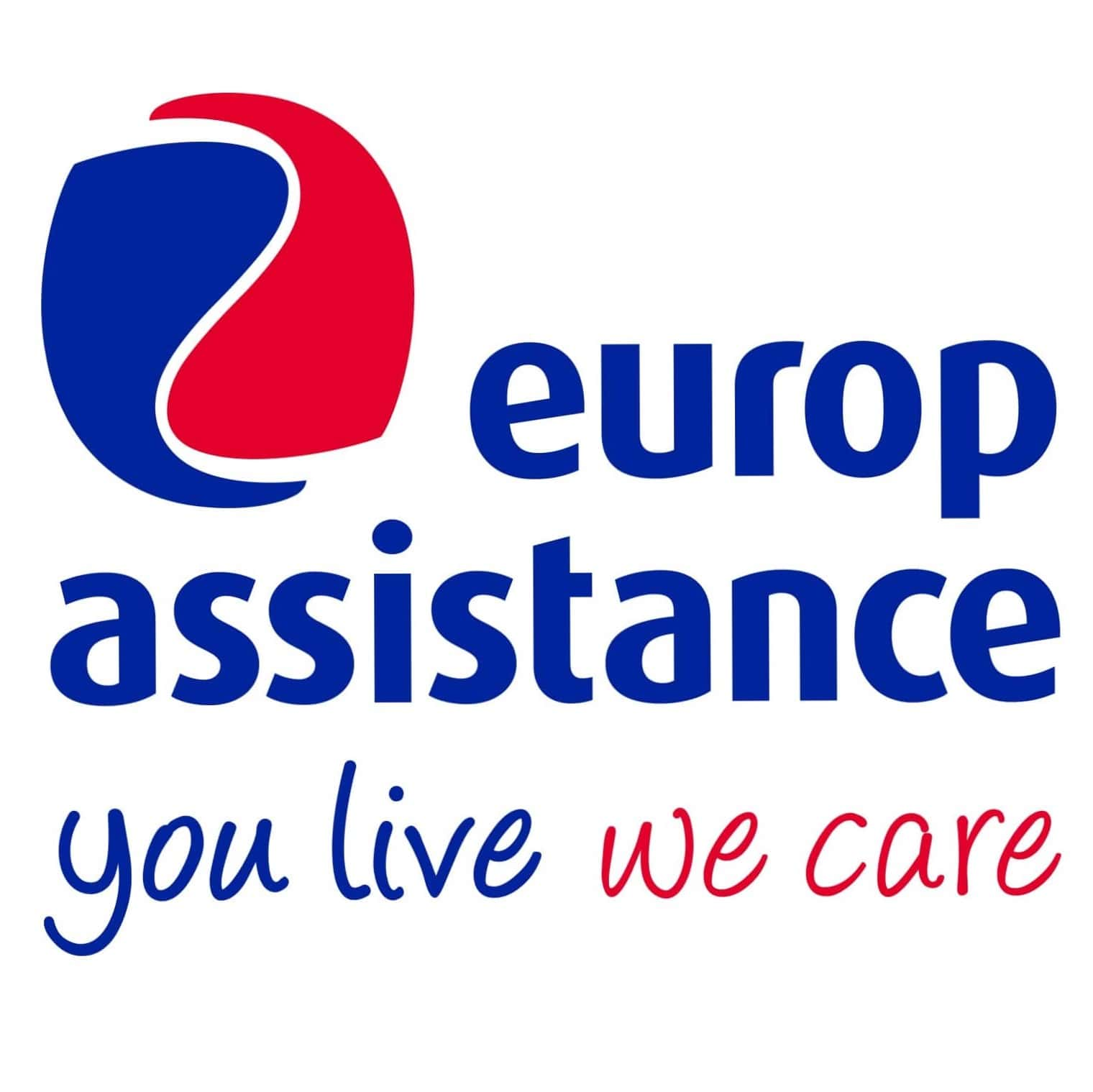The Cheapest Place to Fly into Europe

Traveling to Europe doesn’t have to cost a fortune. With a little strategy and flexibility, you can enjoy an unforgettable experience at a low cost. Three key questions will help you plan a smart trip:
Where to land? Some airports offer transatlantic flights that are significantly cheaper than others.
When to travel? Off-peak months often come with the best deals.
What to visit? Some destinations offer excellent value once you're there.
Here’s our advice to explore Europe without blowing your budget.
What is the cheapest place to fly into Europe from the US?
According to data from Dollar Flight Club, the cheapest places to fly into Europe from the United States are:
- Lisbon (Portugal) – A sunny capital with authentic charm, Lisbon delights visitors with its cobbled streets, yellow trams, oceanfront setting, and bohemian vibe. It offers a mix of heritage and relaxed living at accessible prices.
- Madrid (Spain) – Energetic and welcoming, Madrid blends rich culture with everyday joy. From world-class museums like the Prado to bustling markets, Spain’s capital is full of culture, gastronomy, and warmth—all affordably.
- Barcelona (Spain) – Between sea and mountains, Barcelona impresses with creativity and Mediterranean ambiance. Admire Gaudí’s masterpieces, stroll Las Ramblas or the Gothic Quarter, and end your day by the beach.
- Reykjavík (Iceland) – Located by the ocean, Iceland’s capital is a gateway to raw and breathtaking nature. It’s a human-sized, creative city full of contrast—geysers, glaciers, and sleek Nordic design await.
These cities frequently top the list of the cheapest places to fly into Europe, thanks to the presence of transatlantic low-cost carriers. Still, just because you arrive in one city doesn’t mean you need to stay there. Europe boasts a dense network of budget-friendly domestic flights and fast, comfortable trains—perfect for moving on to your final destination. Train travel is not only practical, but also a fantastic way to embrace slow tourism and soak in the scenery.
What’s the cheapest month to fly into Europe?
- The cheapest months to fly into Europe are generally January, February, March, and November. These periods fall outside school holidays and major celebrations, reducing demand and resulting in significantly cheaper airfares.
- A few tips to help you book at the right time:
- Use flight comparison tools: Some platforms use historical data to show whether a fare is above or below average. This way, you don’t have to worry about overpaying or missing the best time to buy.
- Book 3 to 6 months in advance, ideally on a Tuesday or Wednesday, when prices are often lower than on weekends (a common trend, though not guaranteed).
What are the cheapest cities to travel to once in Europe?
If you're traveling on a budget, consider these affordable destinations in Europe:
- Riga (Latvia)
- Vilnius (Lithuania)
- Warsaw (Poland)
- Podgorica (Montenegro)
- Lisbon (Portugal)
- Lille (France)
- Gdansk (Poland)
- Krakow (Poland)
- Porto (Portugal)
- Zagreb (Croatia)
This ranking of affordable European destinations comes from the City Cost Barometer 2025, which analyzes prices for drinks, meals, 3-star hotel stays, public transport, and local attractions in dozens of cities.
Key takeaway: Lisbon stands out as both one of the cheapest places to fly into Europe and one of the most budget-friendly cities to explore once you arrive.
Budget travel tips for Europe
- Accommodation: Look into hostels, couchsurfing, or homestays, which are often cheaper than standard hotels.
- Transport: Take trains or long-distance buses—great for saving money and enjoying scenic routes.
- Food: Eat local! Markets, small food stalls, or daily specials at neighborhood restaurants are usually delicious and inexpensive.
- Planning: Book early and compare prices on several platforms to stretch your budget further.
What visa do you need to travel to Europe?
Travel requirements for Europe—especially for the Schengen Area depend on your nationality and your itinerary.
EU citizens can travel freely within the Schengen zone using a valid ID card or passport.
Non-EU travelers may need a Schengen visa, depending on their citizenship.
- Need a Schengen visa? Visit the consulate website of the country where you’ll first arrive in the Schengen Area to begin your application.
- Don’t need a visa? You can enter with a passport issued in the last 10 years and valid for at least 3 months after your departure date. From November 2025, you’ll also need to apply for ETIAS travel authorization.
What travel insurance do you need for Europe?
Choose trusted travel insurance for your visa application or when entering Europe with Europ Assistance’s Schengen travel insurance. Accepted by all embassies and consulates in the Schengen Area, it covers up to €60,000 in medical expenses for illness or accidents and includes other essential protections so you can travel stress-free.
Tweet
